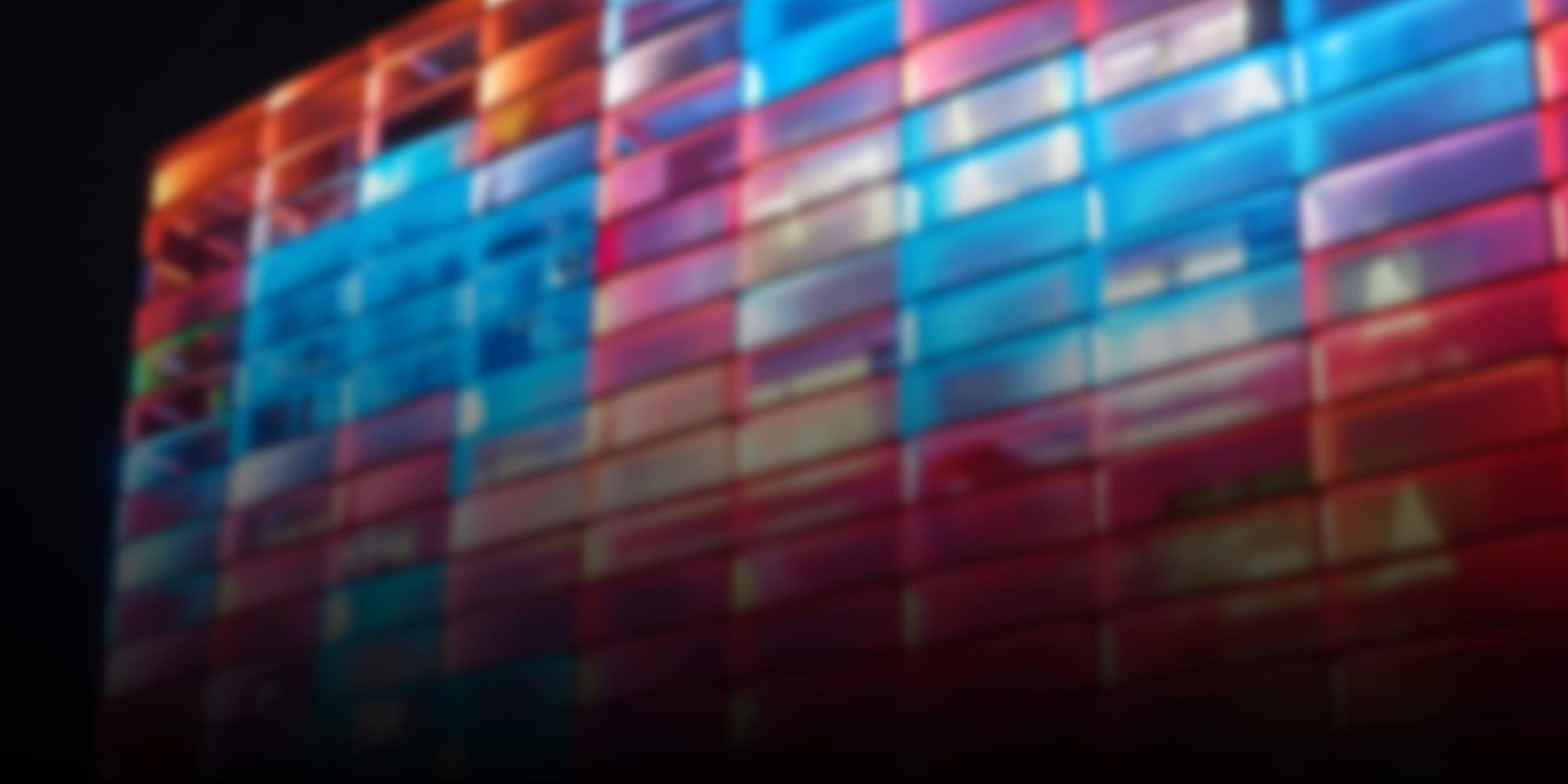
2016
-
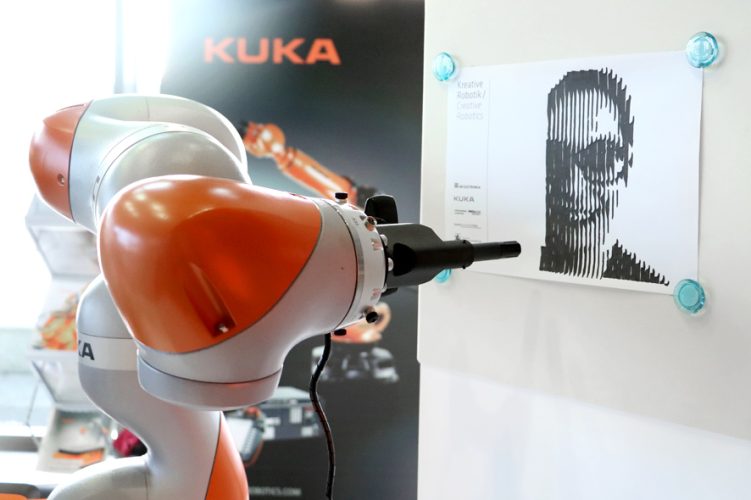
Creative Robotics: Paint Me!
Humans have created robots to serve us as work-saving devices, but their capabilities now go far beyond that. The new “Creative Robots” exhibition at the Ars Electronica Center shows just how far. A chat with Johannes Braumann of Linz Art University and Wolfgang Schinnerl of KUKA Roboter CEE.
-
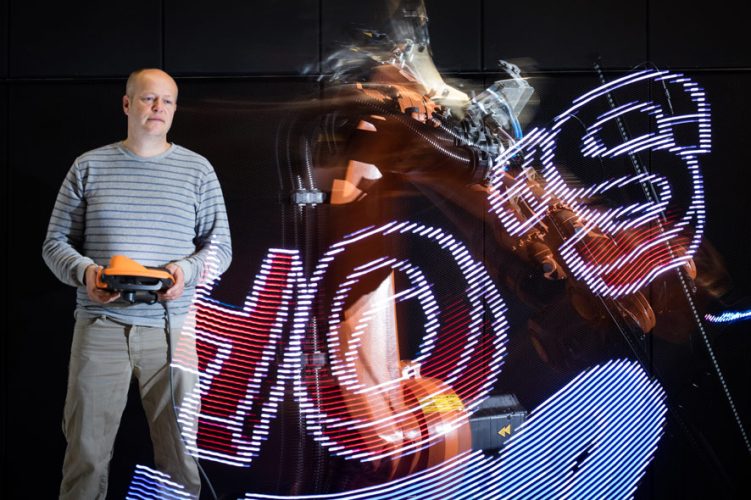
Light Painting – As If Rendered by a Robot
Chris Noelle has come up with a wrinkle that takes the photographic technique of light painting to the next level! He uses the precision and speed of an industrial robot to create “brushstrokes” of light in space.
-
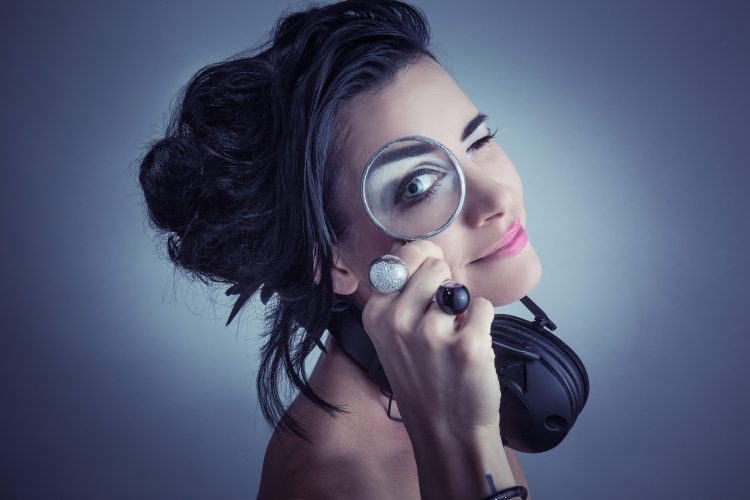
Becoming a resident with sparking ideas
We are pleased to announce the names of the artists who will be coming to the Ars Electronica Futurelab to develop exhibits for the Sparks project!
-

Crystall: Russian media art from the 1960s
With his light organ, the Russian artist Bulat Galeev has already experimented in the 1960s with the interplay of art and science. The musical instrument has now brought back to life by Natalia Fuchs, curator of the Polytech.Science.Art Week.
-
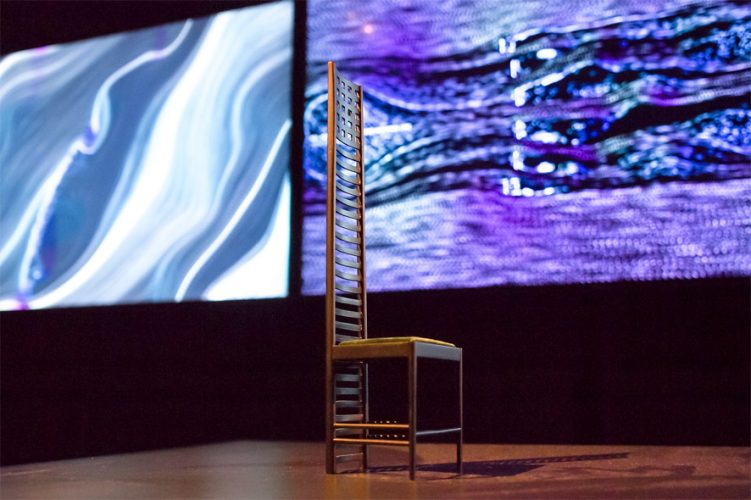
Furnished Fluid – Making the invisible visible
By combining art and science Akira Wakita examines design classics from the 20th century. He has developed a software to visualize the airflows of objects and thus to move the product design of furniture in a new light.
-
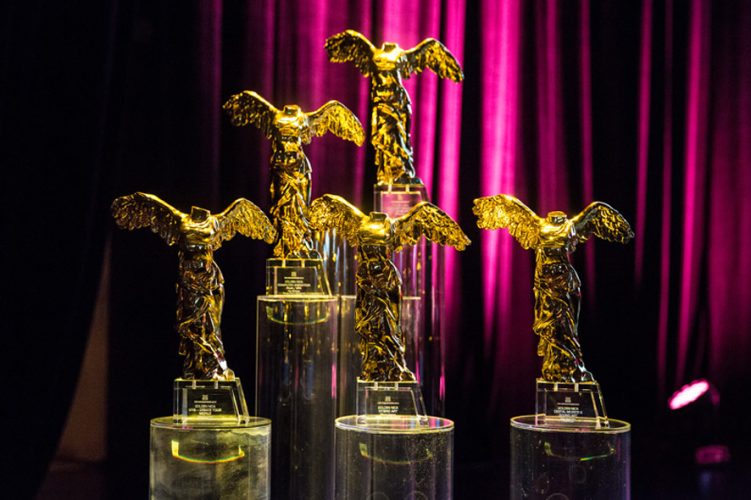
Prix Ars Electronica Reloaded
The Prix Ars Electronica is back for another year, and there’ve been some notable innovations. A recap of the details follows. Entries for prize consideration can be submitted immediately. The deadline is March 13, 2016.
-
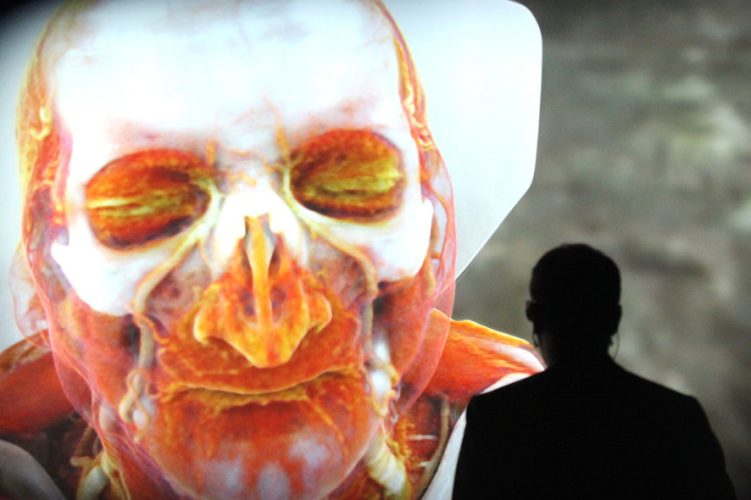
The Universe Within – Cinematic Rendering
Because of the technical innovations in the Deep Space 8K, it is now possible to use highly complex programs. One is the Cinematic Rendering app for the presentation of photorealistic images of the human body in 3-D and jumbo-format dimensions.
-
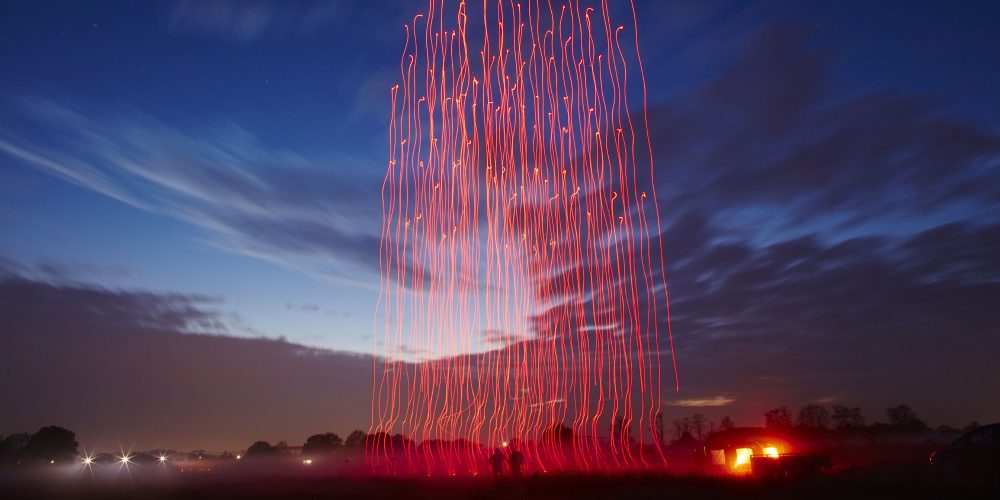
Drone 100: A World Record with 100 Points
A spectacle produced by the Ars Electronica Futurelab for Intel has made it into the record books! In a performance showcased by a promotional film for the world-famous chip maker, 100 spaxels took to the sky simultaneously. Team spirit is what it took to get this ambitious demonstration of technical brilliance off the ground.